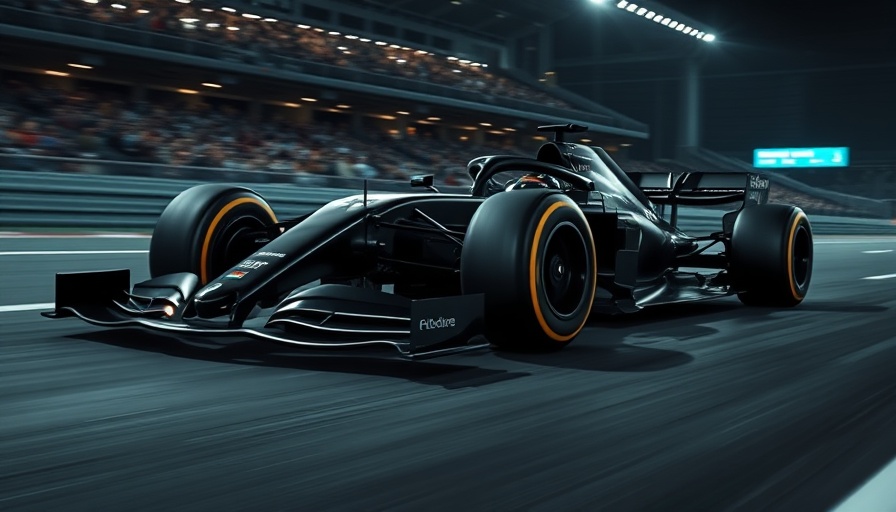
Mercedes Finds its Competitive Edge: What's Going Right?
In a season that has shown promise for Mercedes, the team's performance at the Miami Grand Prix has sparked new optimism, positioning them second in the constructors' championship. Team principal Toto Wolff shared insights into the factors driving this resurgence, notably highlighting the W16's enhanced setup ease as a cornerstone of their improved performance compared to the past three seasons.
Understanding the Setup Advantage
Wolff emphasized that the W16 vehicle's design is “much easier to set up,” allowing for more predictable handling compared to its predecessors. Previously, the unpredictability often left teams scrambling to find the right adjustments, but this season, teams can expect their adjustments to produce the desired outcomes. Such advancements not only improve one-lap pace during qualifying sessions but also set the stage for more consistent race performance.
A Look Back at Past Struggles
Reflecting on the trials of the last three years, the Mercedes team faced numerous challenges that hindered their competitiveness, including complex setup dynamics and tire management issues. In the past, races often slipped by without them capitalizing on their robust engineering capabilities. The W16, however, represents a shift towards greater simplicity and performance under varying race conditions, which is critical as they plan for upcoming upgrades in subsequent races.
Keeping Up with Rivals: The McLaren Challenge
Despite their promising start, Mercedes faces fierce competition, particularly from teams like McLaren that have shown exceptional tire management. Wolff acknowledged that while his team has made strides, the margin for error remains thin in this closely fought contest. Each race poses a different challenge, whether it's optimizing tire performance or overcoming slow pit stops—elements that can separate podium finishes from lower placements.
Looking Ahead: What’s Next for the W16?
As the season progresses, Mercedes is focused on unveiling significant upgrades to the W16. The team recognizes the importance of building upon their recent successes to further enhance their competitive edge. With the transition to new technical regulations looming in 2026, the development of their current car remains a primary focus while keeping future innovations in mind. Wolff noted that the ability to transition resources effectively is essential, as teams race against the clock to capture as much performance as they can in the early stages of the season.
As Mercedes steps into a new phase of development and competition, the W16 stands as a symbol of resilience and strategic innovation. The ability to adapt swiftly and harness technological advancements will be vital as they aim to reclaim their place at the pinnacle of Formula 1.
 Add Row
Add Row  Add
Add 

 Add Row
Add Row  Add Element
Add Element 




Write A Comment